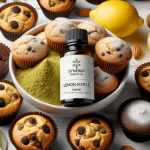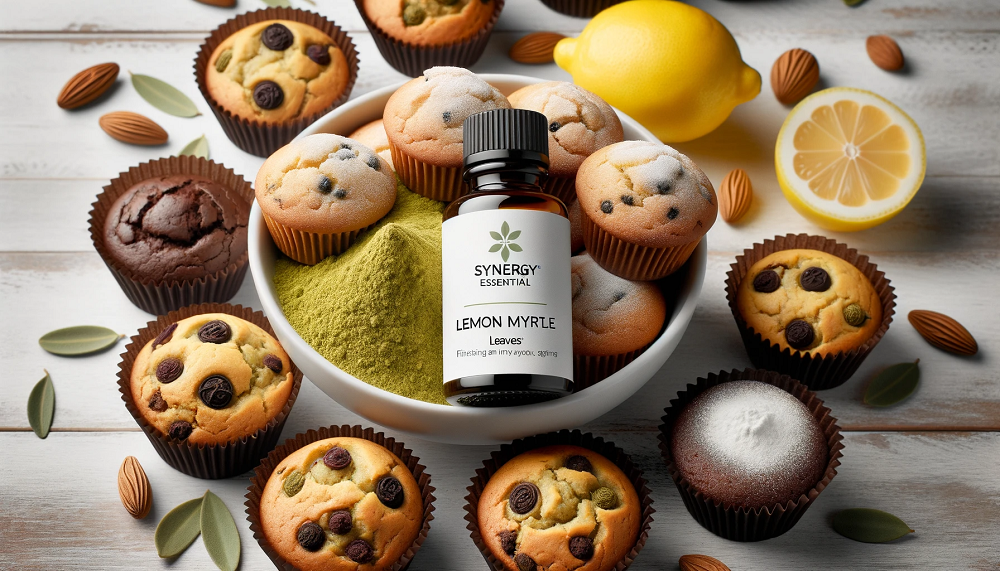- Aniseed myrtle is an aromatic Australian native plant valued for its respiratory support.
- It contains natural compounds with anti-inflammatory and mild expectorant effects.
- Traditionally used for soothing sore throats and easing cold symptoms.
- Available in teas, culinary seasonings, and herbal infusions.
- Quality sourcing ensures maximum potency and purity.
What It Is and Why It Matters Now
Aniseed myrtle (Syzygium anisatum) is a subtropical rainforest tree native to New South Wales, Australia. Known for its sweet anise-like aroma, it has long been part of Indigenous and herbal traditions for easing respiratory irritation. In 2025, interest has surged as more people seek natural wellness options to complement healthy living and seasonal self-care. According to a 2024 review in Journal of Ethnopharmacology, aromatic botanicals like aniseed myrtle have been noted for their potential role in soothing mild inflammation and supporting airway comfort. Australian news outlets such as ABC Rural have also highlighted its growing use in herbal blends for colds and sore throats.
Benefits and Evidence
Compounds in aniseed myrtle, including anethole and eugenol, are associated with anti-inflammatory and antimicrobial activity in laboratory settings. Its pleasant aroma and gentle expectorant action make it a popular choice for herbal teas during seasonal changes. Research to date is primarily pre-clinical or anecdotal, meaning human trials are limited. Still, its traditional use for clearing mild mucus build-up and easing throat discomfort continues to be valued.
Potential benefits supported by limited evidence include:
- Supporting respiratory comfort during seasonal transitions.
- Helping loosen mild mucus in the airways.
- Contributing to reduced throat irritation.
Safety notes: Aniseed myrtle is generally considered safe in culinary amounts. Heavy or concentrated herbal preparations should be used with caution, especially for pregnant, breastfeeding, or sensitive individuals. Always confirm compatibility with a trusted health professional before use.
How to Use
Aniseed myrtle can be enjoyed in multiple ways, depending on preferences and intended use. Here are some popular formats:
| Form | Common Uses |
|---|---|
| Dried leaves | Brew into tea for a soothing, aromatic infusion. |
| Powder | Add to baked goods, herbal blends, or smoothie recipes. |
| Fresh sprigs | Use to flavor curries, desserts, or homemade syrups. |
| Essential oil (diluted) | Inhale aroma via diffuser for a relaxing environment. Avoid ingestion. |
Quality and Sourcing
When choosing aniseed myrtle, look for products from reputable growers that are sustainably harvested and free from synthetic pesticides. Freshness matters—the plant’s volatile oils diminish over time, so recently harvested leaves will retain superior aroma and quality.
At Synergy Essential, we partner with trusted Australian suppliers and follow strict quality-control protocols. Our approach includes batch testing for purity, careful drying processes to lock in beneficial compounds, and eco-conscious packaging to preserve freshness.
Frequently Asked Questions
Q1: Is aniseed myrtle the same as anise or star anise?
No, it is a different plant species, though it shares a similar flavor profile from compounds like anethole.
Q2: Can children drink aniseed myrtle tea?
In small culinary quantities, it is generally safe, but consult a pediatric professional before introducing new herbs.
Q3: How should I store aniseed myrtle?
Keep it in an airtight container away from heat, light, and moisture.
Q4: Does it treat colds?
It may provide soothing relief, but it is not a cure. It should be used as part of a balanced wellness approach.
Q5: Where can I buy it?
Specialty tea shops, health food stores, and quality online suppliers carry various forms of aniseed myrtle.
Disclaimer
This content is for educational purposes only and is not intended as medical advice. Always consult a qualified healthcare provider regarding any health concerns or before starting new supplements or herbal remedies.
Conclusion
Aniseed myrtle’s gentle aroma, versatility, and traditional role in respiratory support make it a valued addition to natural wellness routines. While modern research is still emerging, its culinary and aromatic applications offer simple ways to incorporate it into daily life. For more insights into botanical wellness, visit our Synergy Essential blog.

